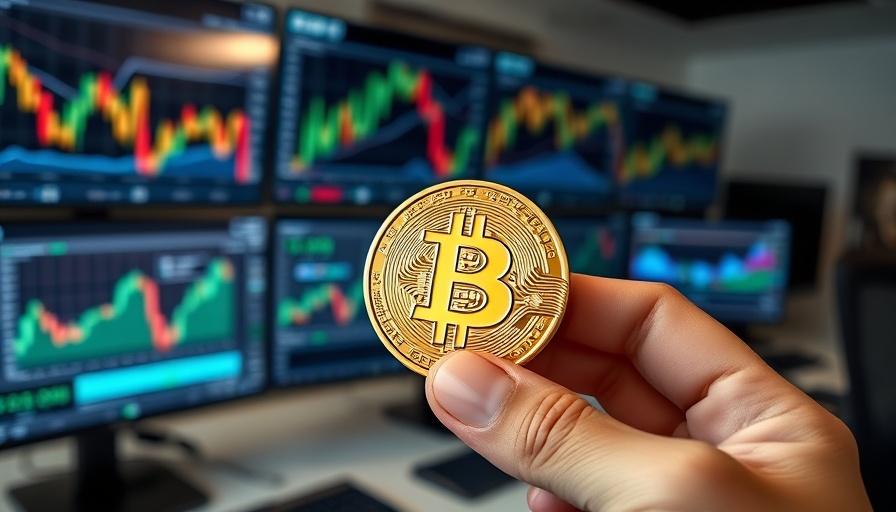
The Critical Questions Hierarchy
In an increasingly volatile world, company leaders face unexpected challenges, including significant threats to personal and operational security. CEOs and boards are compelled to re-evaluate their approach to risk management, especially in light of high-profile incidents such as the recent tragic events impacting industry leaders. An effective strategy requires a comprehensive risk assessment based on three key elements: threat, vulnerability, and consequence. By understanding these factors, organizations can determine the severity of potential risks and decide which resources are best allocated to mitigate them.
Why Security Risk Assessments are Imperative
For SME owners and CEOs, the stakes are high when it comes to safeguarding personal and corporate well-being. The recent killing of a CEO serves as a stark reminder that even seemingly distant threats can have dire consequences. With over 400 million firearms in circulation and the increasing accessibility of personal data, the need for a robust risk assessment framework has never been more crucial. CEOs and security teams must adopt proactive measures to prevent these low-likelihood but high-impact events from occurring.
Actionable Steps for Executives
Executives should engage with their security teams to continuously revisit and refine their risk models. By focusing on these actionable steps, leaders can ensure resilience: evaluate physical safety protocols, secure digital landscapes, and ensure employee awareness on security practices. Risk management is not just about protection; it's about navigating a future landscape confidently and preserving the brand's integrity amidst escalating challenges.
Relevance to Your Brand’s Future
Understanding security risks is not just about crisis management—it’s a critical aspect of safeguarding your brand's reputation. A proactive approach can enhance the public’s trust in your brand, showing stakeholders that their safety and concerns are priorities. This foresight doesn’t just protect the present, but also builds a resilient foundation for future growth.
 Add Row
Add Row  Add
Add 




Write A Comment